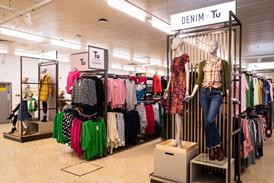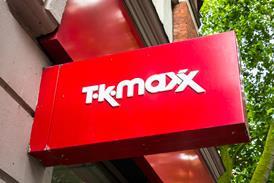Valentine’s Day and Mother’s Day promotions helped sector like-for-likes rise 1.5 per cent, according to the BRC-KPMG Sales Monitor.
The rise was compared with a 2.6 per cent increase the previous month and a comparative of 3.3 per cent in February last year, but many retailers suffered a dismal performance.
While food sales were strong – helped by rising commodity prices, as well as seasonal promotions – clothing was down year on year for the fifth consecutive month and furniture stores suffered their biggest decline since July 2005.
The three-month growth trend edged up from 1.5 per cent in January to 1.6 per cent, but BRC director-general Stephen Robertson warned that “belt-tightening began in earnest in February, when the Christmas and new year credit card bills came home to roost”. KPMG head of retail Helen Dickinson said: “Caution about the outlook remains the order of the day.”
The electricals sector continued to “soften”, department stores were “slow” and it was a “quiet” month for DIY groups. However, the month’s promotions boosted health and beauty, and entertainment sales increased.
The BRC numbers came as Marks & Spencer chief executive Sir Stuart Rose warned that the economic downturn has some way to run and that “this time next year, we will be in deep doobie land”.
Investec analyst David Jeary said that the BRC data made “very poor reading for the non-food retailers”. He said: “Our view would be that the totality of general retail has been in negative like-for-like territory in February. Sector prices and valuations are obviously discounting a tough 2008. Whether they are discounting Sir Stuart Rose’s ‘deep doobie land’ scenario for next year is less clear at this stage.”
Broker Credit Suisse noted: “Strong inflationary pressures could limit the Bank of England’s ability to cut rates and, with an earlier Easter likely to distort underlying sales trends, March and April together should give us a clearer picture of underlying demand levels.”


















No comments yet